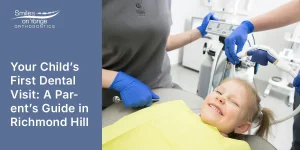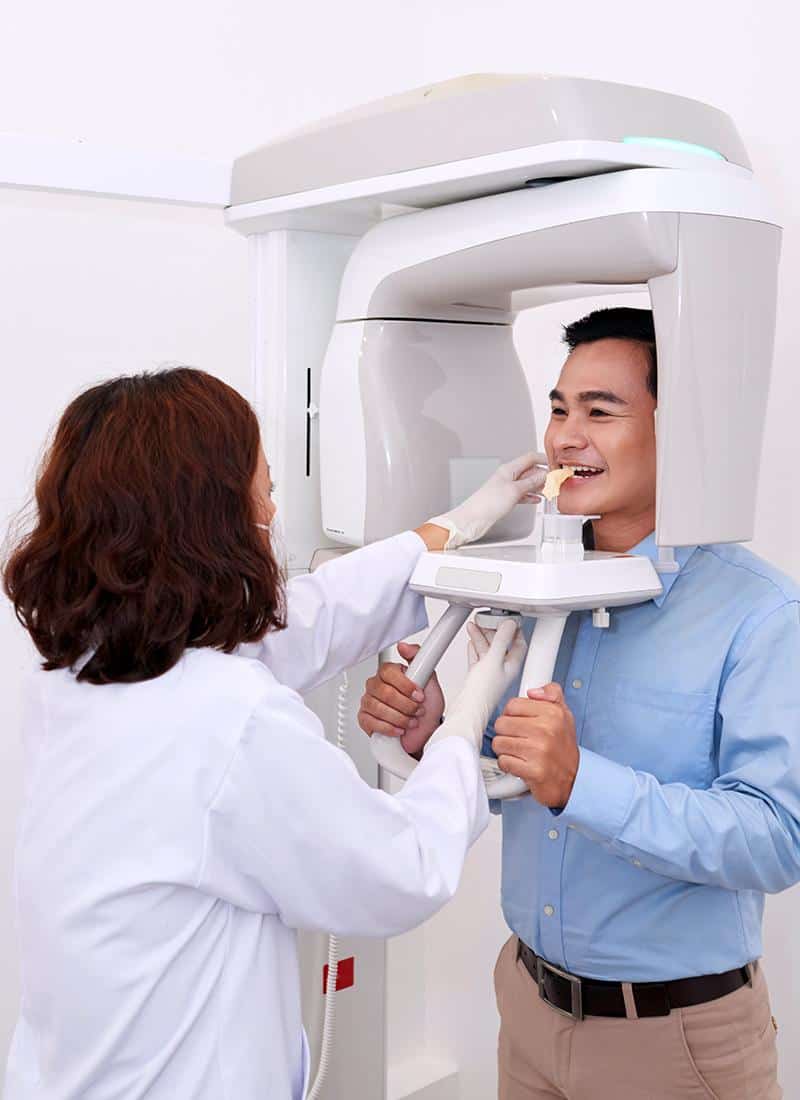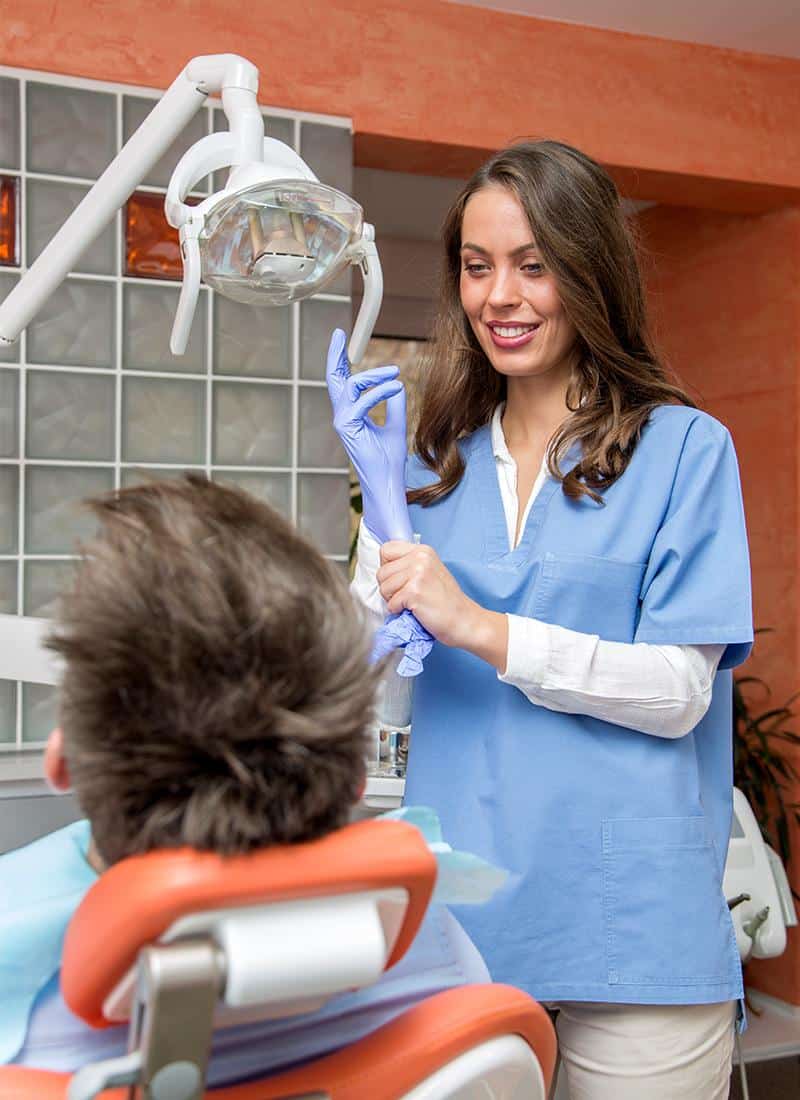
Orthodontics
ORTHODONTICS
Your Trusted Richmond Hill Orthodontics Services: Crafting Confident Smiles
Welcome to Smiles on Yonge – your trusted destination for orthodontic care in Richmond Hill. Dr. Roozbeh Rashed and our dedicated team are committed to helping you achieve a healthy, beautiful smile through personalized orthodontics treatments. Discover the transformative journey that awaits you at our welcoming practice. At Smiles on Yonge, we understand the importance of a properly aligned bite and a confident smile.
About Orthodontics




How Orthodontic Treatment Works
Orthodontic appliances have come a long way, offering a variety of options to suit your preferences. Whether metal, ceramic, or plastic, these appliances work by applying a constant, gentle force to guide teeth into the proper position. Say goodbye to the days of highly noticeable braces – with clear or metal brackets and less noticeable wires, orthodontic treatment is now more comfortable and aesthetically pleasing. Smiles on Yonge prioritizes the significance of a well-aligned bite and a self-assured smile.
No matter your age, wearing braces has become a seamless experience. The latest materials are designed for faster tooth movement and increased comfort. Dr. Rashed, your Orthodontist in Richmond Hill, will work with you to determine the most suitable option for your unique case.
Duration of Treatment
Treatment times vary based on factors such as age, treatment method, and case severity. Your active involvement and diligence play a crucial role in the efficiency of your treatment. For children, interceptive or early treatment can contribute to a quicker overall treatment time. Before starting your orthodontic care, Dr. Rashed will discuss all available options and provide a personalized estimate for the duration of your treatment.
How Orthodontic Treatment Works



Orthodontic appliances have come a long way, offering a variety of options to suit your preferences. Whether metal, ceramic, or plastic, these appliances work by applying a constant, gentle force to guide teeth into the proper position. Say goodbye to the days of highly noticeable braces – with clear or metal brackets and less noticeable wires, orthodontic treatment is now more comfortable and aesthetically pleasing.
No matter your age, wearing braces has become a seamless experience. The latest materials are designed for faster tooth movement and increased comfort. Dr. Rashed, your Orthodontist in Richmond Hill will work with you to determine the most suitable option for your unique case.
Duration of Treatment
Treatment times vary based on factors such as age, treatment method, and case severity. Your active involvement and diligence play a crucial role in the efficiency of your treatment. For children, interceptive or early treatment can contribute to a quicker overall treatment time. Before starting your orthodontic care, Dr. Rashed will discuss all available options and provide a personalized estimate for the duration of your treatment.
FAQs
Orthodontics FAQs
Orthodontics (and dentofacial orthopedics) is a specialized form of dentistry that focuses on the diagnosis, prevention, and treatment of dental and facial abnormalities.
An orthodontist is a dental specialist who has received two to three years of additional training and experience. Dr. Rashed is able to straighten teeth, correct misaligned jaw structure, and improve the function of your smile.
If you want to improve the look and feel of your smile, then any age can be a great time to see an orthodontist. The Canadian Association of Orthodontists recommends that children first visit an orthodontist around the age of seven; however, orthodontic treatment is not exclusive to children and teens.
About one in every five orthodontic patients is over the age of 21. Whether you’re considering treatment for yourself or for a child, any age is a good time to visit the orthodontist.
– ALWAYS remember to brush your teeth after every meal and floss at least once a day.
– Make sure to use toothpaste that contains fluoride, and ask Dr. Rashed or your family dentist whether you need a fluoride rinse. This will help prevent cavities!
– If you take out your retainer to eat, make sure you brush your teeth, floss, and remember to keep the retainer safe in its container so it does not get lost or broken.
– Keep your retainer clean, too, by brushing it gently with a toothbrush and toothpaste. You may also soak it in denture cleaner as instructed by our office. Do not put your retainer in boiling water or in the dishwasher.
– During your treatment, try to avoid foods with a lot of sugar, which increases the amount of bacteria that grows in your mouth, and can cause more plaque and potential cavities.
– Avoid sticky and chewy foods (caramel, chewing gum, gummy bears), hard foods (hard candy, nuts, ice cubes), or any foods that could possibly get stuck in your braces (corn on the cob, soft bagels, ribs, taffy, etc.).
– Be sure to schedule your routine checkups with your family dentist. It is recommended that you continue to visit the dentist every six months.
Braces are used by orthodontists to help you improve the look and feel of your smile. There are several different types of braces to choose from, including:
– Clear braces
– Ceramic braces
– Gold braces
– Lingual braces
– Self-ligating braces
– Invisible braces
– Traditional metal braces
The amount of time spent in braces will vary, depending on the individual patient, because every smile responds differently to treatment. Treatment times can last anywhere from 12 to 30 months, but most standard treatments take about 22 months.
Braces do not often hurt, though you may feel a small amount of discomfort for a couple days as your teeth, gums, cheeks, and mouth get used to your new braces.
With braces, you should brush your teeth at least three times a day to keep your teeth, gums, and mouth healthy and clean. Brushing regularly will help remove any food that may be caught between the braces.
You should also floss daily to get between your braces where your brush isn’t able to reach. We can show you how to brush and floss properly once your braces are placed.
Yes! In fact, it’s even more important that patients who receive orthodontic treatment visit their dentist regularly. With braces, food may be caught in places your toothbrush can’t reach. This causes bacteria to build up and can lead to cavities, gingivitis, and gum disease. Our team will work closely with your dentist to make sure your teeth stay clean and healthy while you’re wearing braces.
Playing an instrument or a contact sport may require some adjustment when you first get your braces, but wearing braces will not stop you from participating in any of your school activities. If you play a contact sport, it is recommended that you wear a mouthguard to protect your braces or appliance.
Simply call our practice! Our front desk staff will be happy to schedule your next appointment at your convenience. If you are a new patient or have been referred to our practice, please let us know and we will provide you with all the information you need.
Yes, misaligned teeth or bite problems can sometimes make it harder to chew certain foods or pronounce certain sounds. Orthodontic treatment in Richmond Hill can help improve both function and confidence.
We begin with a complete examination, digital scans or x-rays, and a discussion of your goals. You’ll receive a personalized treatment plan and a clear explanation of the process.
Absolutely. Healthy teeth can be moved at almost any age, and modern options make treatment more discreet and comfortable for adults.
FAQs
Orthodontics FAQs
Orthodontics (and dentofacial orthopedics) is a specialized form of dentistry that focuses on the diagnosis, prevention, and treatment of dental and facial abnormalities.
An orthodontist is a dental specialist who has received two to three years of additional training and experience. Dr. Rashed is able to straighten teeth, correct misaligned jaw structure, and improve the function of your smile.
If you want to improve the look and feel of your smile, then any age can be a great time to see an orthodontist. The Canadian Association of Orthodontists recommends that children first visit an orthodontist around the age of seven; however, orthodontic treatment is not exclusive to children and teens.
About one in every five orthodontic patients is over the age of 21. Whether you’re considering treatment for yourself or for a child, any age is a good time to visit the orthodontist.
– ALWAYS remember to brush your teeth after every meal and floss at least once a day.
– Make sure to use toothpaste that contains fluoride, and ask Dr. Rashed or your family dentist whether you need a fluoride rinse. This will help prevent cavities!
– If you take out your retainer to eat, make sure you brush your teeth, floss, and remember to keep the retainer safe in its container so it does not get lost or broken.
– Keep your retainer clean, too, by brushing it gently with a toothbrush and toothpaste. You may also soak it in denture cleaner as instructed by our office. Do not put your retainer in boiling water or in the dishwasher.
– During your treatment, try to avoid foods with a lot of sugar, which increases the amount of bacteria that grows in your mouth, and can cause more plaque and potential cavities.
– Avoid sticky and chewy foods (caramel, chewing gum, gummy bears), hard foods (hard candy, nuts, ice cubes), or any foods that could possibly get stuck in your braces (corn on the cob, soft bagels, ribs, taffy, etc.).
– Be sure to schedule your routine checkups with your family dentist. It is recommended that you continue to visit the dentist every six months.
Braces are used by orthodontists to help you improve the look and feel of your smile. There are several different types of braces to choose from, including:
– Clear braces
– Ceramic braces
– Gold braces
– Lingual braces
– Self-ligating braces
– Invisible braces
– Traditional metal braces
The amount of time spent in braces will vary, depending on the individual patient, because every smile responds differently to treatment. Treatment times can last anywhere from 12 to 30 months, but most standard treatments take about 22 months.
Braces do not often hurt, though you may feel a small amount of discomfort for a couple days as your teeth, gums, cheeks, and mouth get used to your new braces.
With braces, you should brush your teeth at least three times a day to keep your teeth, gums, and mouth healthy and clean. Brushing regularly will help remove any food that may be caught between the braces.
You should also floss daily to get between your braces where your brush isn’t able to reach. We can show you how to brush and floss properly once your braces are placed.
Yes! In fact, it’s even more important that patients who receive orthodontic treatment visit their dentist regularly. With braces, food may be caught in places your toothbrush can’t reach. This causes bacteria to build up and can lead to cavities, gingivitis, and gum disease. Our team will work closely with your dentist to make sure your teeth stay clean and healthy while you’re wearing braces.
Playing an instrument or a contact sport may require some adjustment when you first get your braces, but wearing braces will not stop you from participating in any of your school activities. If you play a contact sport, it is recommended that you wear a mouthguard to protect your braces or appliance.
Simply call our practice! Our front desk staff will be happy to schedule your next appointment at your convenience. If you are a new patient or have been referred to our practice, please let us know and we will provide you with all the information you need.
SEE INSIDE OUR OFFICE
Where Pediatric Comfort Meets Orthodontic Precision
Take a peek inside our warm, modern Richmond Hill clinic, thoughtfully designed for kids, teens, and families.
From playful touches to high-tech care, every detail supports growing smiles.
Smiles on Yonge
Monday: 8:00am - 4:00pm
Tuesday: 9:30am - 6:30pm
Wednesday: 8:00am - 4:00pm
Thursday: 9:30am - 6:30pm
Friday: 10:00am - 4:00pm
Saturday: call for availability
Keep in Touch!
Contact Us
© All Rights Reserved smilesonyonge.ca
Privacy Policy | Terms of Use | Sitemap




